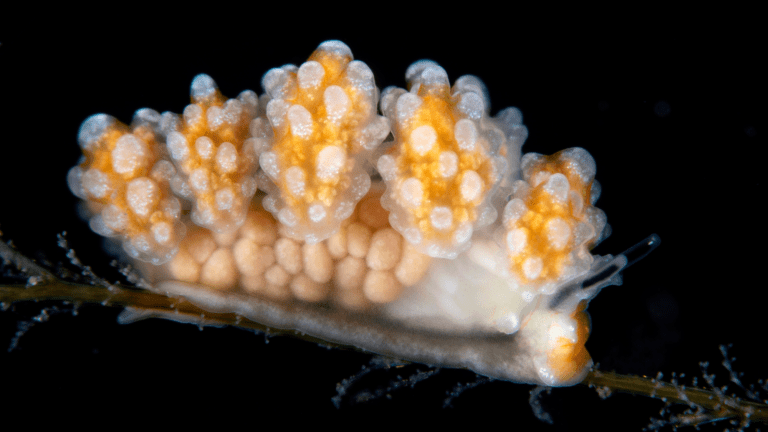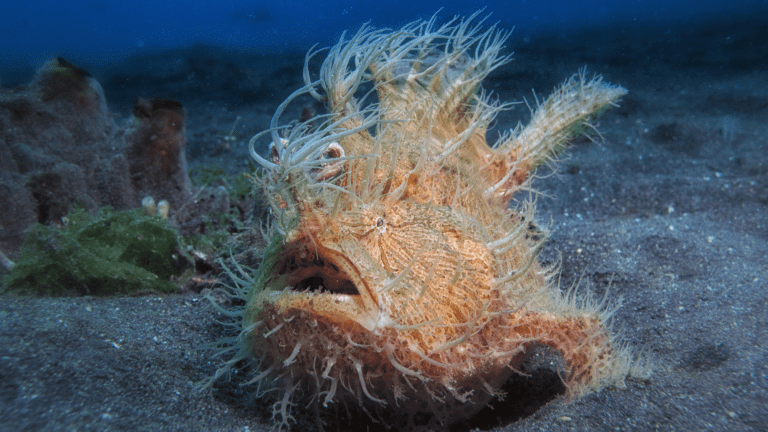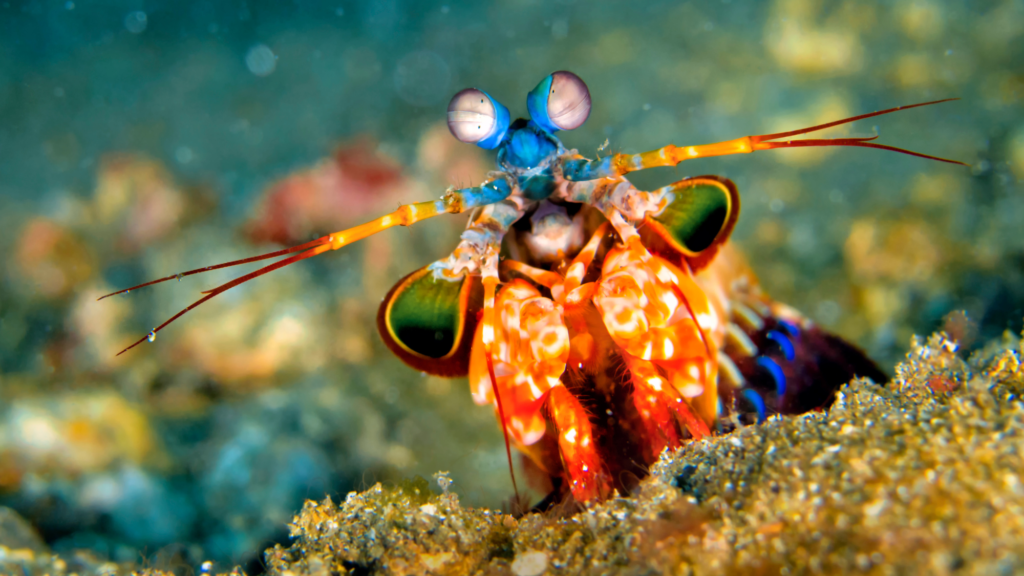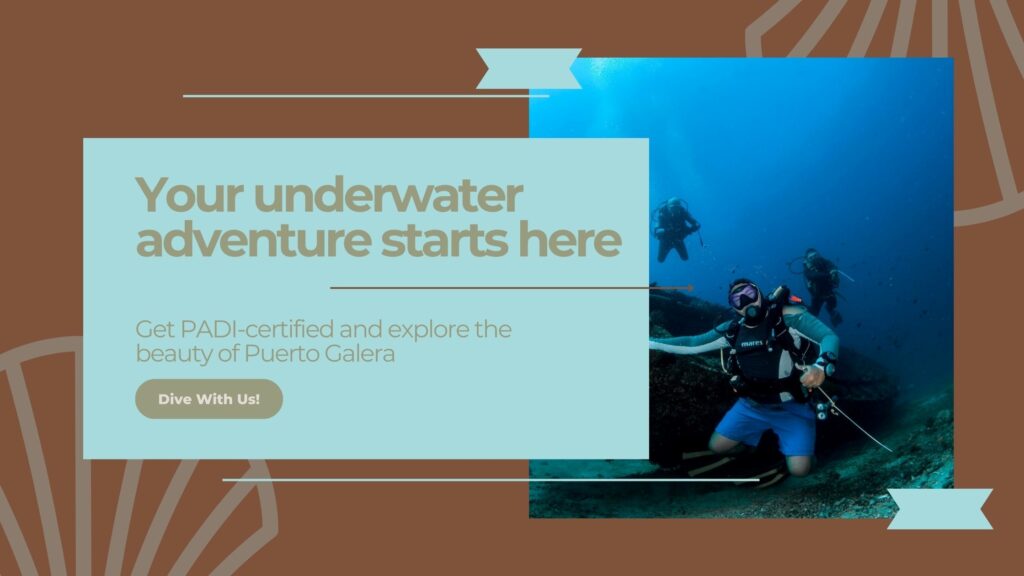Macro diving has gained popularity among underwater photographers and nature enthusiasts alike, and Puerto Galera is one of the best places in the Philippines to explore the hidden wonders of the macro world. Known for its vibrant marine biodiversity, Puerto Galera offers countless opportunities to spot rare critters and photograph delicate creatures in stunning clarity. This guide will help you navigate some of the top macro diving sites around Puerto Galera, with insights on what to look for, when to go, and how to get the most out of each location.
1. Secret Bay
Secret Bay, or “The Pier” as it’s locally known, is a must for macro diving enthusiasts. The shallow waters here offer a wide range of unique and rare marine life, making it one of the most popular sites for macro photography. Secret Bay’s sandy and muddy bottom is an ideal habitat for critters that blend into the environment. This spot is perfect for encountering elusive species like the mimic octopus, frogfish, and various types of nudibranchs.
Best Time to Dive: The waters here are generally calm year-round, but visibility is best between March and June. Early morning dives are ideal for spotting critters before the sun rises too high.
What to Bring: A good underwater flashlight is essential, as many creatures here are nocturnal or like to hide in shadows. A macro lens is a must for capturing the fine details of smaller critters.
2. Sabang Point
Located near Sabang Beach, Sabang Point offers a fantastic mix of coral reefs and sandy areas. It’s a treasure trove for divers looking to find critters like pygmy seahorses, ghost pipefish, and tiny shrimps that are well-camouflaged against the corals and rocks. The currents here are usually mild, making it an accessible dive for those who prefer a relaxing underwater experience.
Best Time to Dive: Sabang Point is open for diving all year, but clearer waters from December to May enhance visibility, allowing for better macro shots.
Pro Tip: Take your time when diving at Sabang Point. Some critters blend seamlessly into their environment, and slow, careful movements increase your chances of spotting them. A dive guide familiar with macro species can also make a big difference.

3. Coral Cove
Coral Cove is an exceptional dive site for those seeking rare macro life. Known for its coral-covered rocks and crevices, this site is home to species like the flamboyant cuttlefish, squat lobsters, and colorful nudibranchs. Coral Cove’s underwater landscape provides a perfect backdrop for macro shots, with vibrant colors and intricate coral patterns that showcase the beauty of Puerto Galera’s underwater world.
Best Time to Dive: Coral Cove has good diving conditions year-round, but visibility and water conditions are at their best between March and June.
What to Bring: A strobe light or flash attachment is recommended to bring out the colors of the critters against the reef, especially when photographing more vivid species like nudibranchs or cuttlefish.
4. Dungon Wall
Dungon Wall is one of Puerto Galera’s hidden gems for macro diving. This site features a sloping wall that leads down to sandy bottoms, which is ideal for spotting unusual critters like mantis shrimp, porcelain crabs, and dragon sea moths. The wall itself is covered with sponges and soft corals that attract small, colorful critters.
Best Time to Dive: Early mornings from February to April are the prime times to dive here, as the critters tend to be most active, and the visibility is generally clear.
Pro Tip: The wall can attract larger species too, so keep an eye on the surroundings, but stay focused on the small details—some of the most interesting macro life can be found within the nooks and crannies of the wall.
5. Giant Clams Site
This lesser-known site is named after the resident giant clams but offers more than just the clams themselves. The sandy patches here host a variety of small creatures, from gobies and shrimp to rare species of nudibranchs. It’s an ideal spot for divers who want to focus on macro life and encounter some truly unique marine critters.
Best Time to Dive: This site is accessible year-round, though visibility tends to be best from March to June. Afternoon dives are great for macro shots, as the lighting enhances underwater colors.
Photography Tip: To capture the vibrant hues of the nudibranchs and shrimps here, try adjusting your white balance or using a strobe for richer, more colorful photos.

6. The Hill
Another lesser-known gem, The Hill is a dive site where you’re likely to spot species like hairy frogfish, juvenile cuttlefish, and leaf scorpionfish. The site features a mix of sandy slopes and small rock formations, giving divers the chance to photograph critters against various backdrops. The Hill is an ideal spot for those interested in documenting some of the more unusual and rare species around Puerto Galera.
Best Time to Dive: The Hill is accessible all year, though the best visibility tends to be in late March through May. Early morning dives offer a serene experience and a better chance to spot nocturnal critters just before they retreat for the day.
Pro Tip: Keep your eyes peeled and your movements slow—many critters here rely on camouflage, and a patient approach will often reveal surprises.
Stay at Casalay Boutique Villas & Dive Resort
After a long day of discovering Puerto Galera’s vibrant macro life, there’s no better way to relax than at Casalay Boutique Villas & Dive Resort! Casalay not only offers a luxurious retreat after diving but also a range of services tailored to divers, including customized PADI dive courses and packages to suit all skill levels. The resort’s knowledgeable dive guides can help you navigate the local spots and increase your chances of encountering rare critters. Casalay combines comfort and convenience, ensuring that your diving experience is seamless from shore to sea.
Final Thoughts
Macro diving in Puerto Galera is a rewarding experience, unveiling a world of tiny creatures that many divers overlook. By exploring these top dive spots, you’ll not only expand your diving skills but also deepen your appreciation for the unique biodiversity that thrives in these waters. With the right equipment, a keen eye, and a patient approach, you’re bound to capture some incredible moments on camera and memories that last a lifetime!
Author: Zach Yanuario


